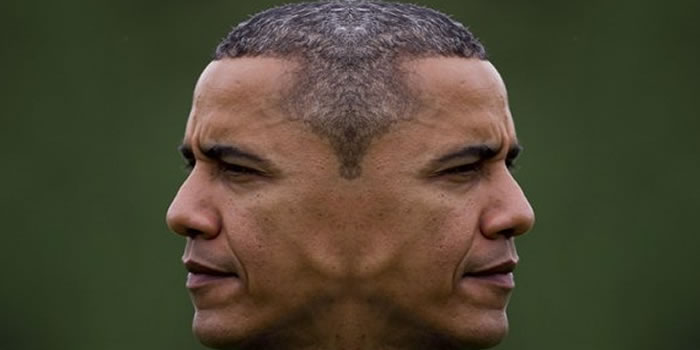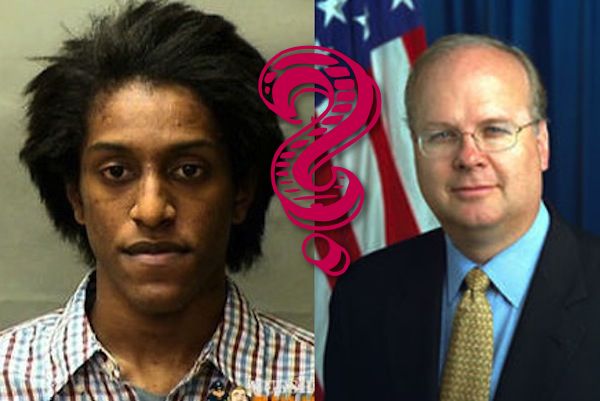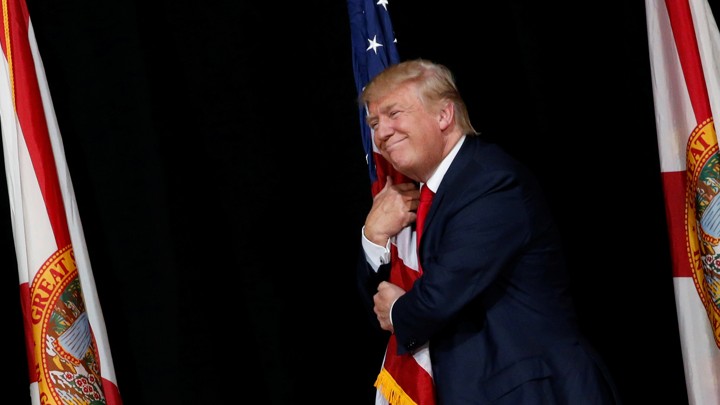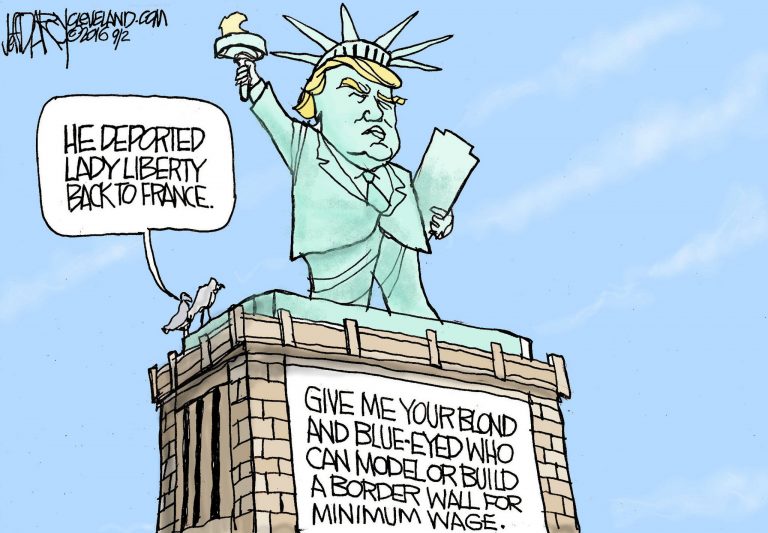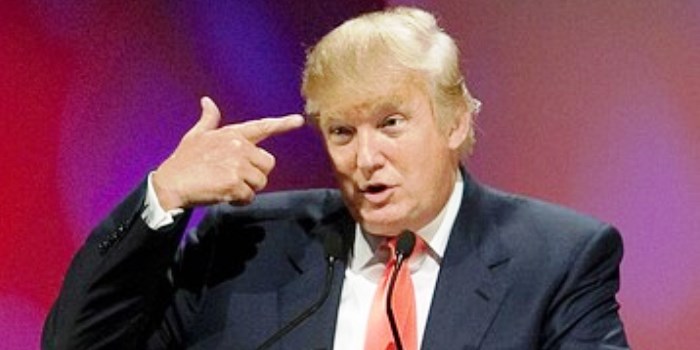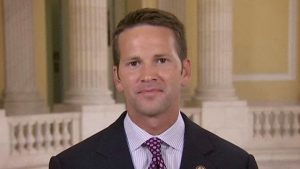During his 2008 campaign, President Barack Obama described himself as a blank screen on which people project their inner realities. For Martin Parlett, the British public relations expert who has written Demonizing a President: The Foreignization Of Barack Obama, this explains both Obama’s electoral success and the obsessive conspiracy-mongering we most often attribute to the political right. “Difference,” Parlett writes, “has been, and continues to be, both lock and key” to our acceptance or rejection of Barack Obama.
In its reactionary form, this phenomenon has been visible since before Obama was elected, and it has only become more pronounced both times that he has won the Oval Office. Parlett opens his monograph with an anecdote from August 2008, when he was knocking on doors for the Obama campaign and encountered a humorless middle-class homeowner who responded to his pitch by asking, “Do you want to speak to my gun?” It was an early indication of just how polarizing the Obama era would become as conservatives warped their value systems to disinclude anything and everything connected to him in any way:
The rejection of Obama (on the right) has led to the wholesale rejection of government or federal power, because of the supposedly un-American status of its temporary representative — a fact that can only be dangerous to the institutional future of American democracy itself. In this new political universe, to identify as patriotic is to reject Washington, DC, all government process and intervention, and Obama himself, all of which the right wing perceives as having collectively moved America away from the pure roots of its founding. Anti-Obama patriotism became a shibboleth for Republican membership and credibility. This perspective is why the Affordable Care Act is tied to Obama’s identity as “Obamacare”: for the extremists, it is not a real law, but rather an antipatriotic law outside the normative values of real Americanness. It is stamped with the name of the Other president. It is why Obama is robbed of his childhood, of an American story, of an ordinary Christian heritage, of presidential respect. A new patriotism has arisen, whose initiation ceremony is to metaphorically burn the effigy of the 44th president.
Those of us who’ve chronicled the insanity of tea party rhetoric since Obama’s inauguration are familiar with all of this, but Parlett isn’t just reciting a depressing history of Republicans and right wing activists hating on Barack Obama. In fact, he takes pains to remind the reader that Other-ing political enemies, and even attacking their patriotism, is a tradition that goes all the way back to the nation’s beginnings, which ironically puts President Obama in the same shoes as Thomas Jefferson.
Parlett also recounts how the earliest smears of Obama actually emerged from Hillary Clinton’s campaign before being taken up by the political right — a valuable data point for those of us who remain Hillary-skeptical, posing serious questions about her willingness to embrace Obama’s legacy should she become the first female president in American history.
And it is precisely this point about the way Democrats regard Obama’s legacy that makes Martin’s book valuable. Many educated liberals can parse the deliberately-narrow understanding of constitutional law necessary for otherwise-reasonable people to believe this president is a born foreigner, but Martin is one of the relatively few observers who can simultaneously see the “startling — and motivating — paradox” by which Obama makes his other-ness into a powerful metaphor for American diversity and acceptance.
Parlett underlines this point by describing “a campaign strategy that celebrated and symbolized difference,” noting the success of decentralized, user-generated social media content and the eager participation of millennials. Surveying Obama’s 2008 campaign, Parlett marvels at
Obama’s ability to bring together supporters of widely disparate backgrounds, identities, and beliefs…In Virginia, for example, I heard the British, Australian, Irish, and German accents that collided with the more domestic dialects from Boston, Maine, Maryland, Pennsylvania, Iowa, and Hawaii. True to Obama’s mantra, staff and volunteers spanned the entire gamut of social racial, physical, religious, sexual, and political spectra. In essence, the icon of Obama had proliferated into a series of demi-icons of diversity. …(I)t was a thorough and meaningful project of acceptance. …The campaign was based on a simple, but powerful three-column principle: “Respect. Empower. Include.”
Yet it remains to be seen whether other Democrats will embrace the politics of inclusion, and celebrate Obama’s mixed background in their own campaigns, or continue to lose elections. For whereas tea parties have been energized and empowered by their darker vision of Obama, Democrats are a disorganized bunch on the best of days. They resist the unified party platform and shared talking points that seem to come so easily to Republicans.
Parlett does not touch on this area, but has provided a starting-point for a very important discussion that Democrats need to have among themselves.
In analyzing their most recent midterm losses, Democratic candidates have clearly suffered for not taking up a populist stance on bread-and-butter issues — the very thing that makes Elizabeth Warren so attractive to such a large number of energized progressives. As many observers have noted, progressive priorities — a higher minimum wage, marijuana decriminalization, fracking bans, etc. — did very well at the voting booth, but gave no boost to the Democrats, who failed to attach their own political fortunes to those issues by adopting them as their own. The standard template for Democrats campaigning is ‘every man for himself,’ a theme that is incompatible with inclusiveness, empowerment, and respect. In a vain attempt to woo back the white, suburban voters who indulge in conspiracy fantasies about Obama, Democrats have turned away from him and the politics-of-diversity that he embodies, with perfectly predictable results.
Thus the Evil Obama, a caricature nurtured mainly within the right, is sustained from the outside even by people who ought to know better. As Parlett recalls, when Obama refused to personify the ‘angry black man’ stereotype during the 2010 Deepwater Horizon disaster, Maureen Dowd recast his emotional detachment as an absence of humanity, Spike Lee demanded that Obama “go off,” and everyone seemed to agitate for some sign that he was capable of anger. Yet when Obama told Today‘s Matt Lauer that he talked to experts on the sea floor crisis in order to “know whose ass to kick,” Matt Drudge called his comment “street” and the Washington Times‘s Jeffrey Kuhner denounced it as “gangster.”
The surest proof that we are not a post-racial society is that our first black president must walk such a narrow rhetorical pathway. If we are to avoid sliding into a reactionary abyss, we need more politicians to embrace the Obama of “Yes We Can” — and stop trying to win over the sort of voter who fears difference so much that they would meet it with a gun. Such people only see the face they want to see.





